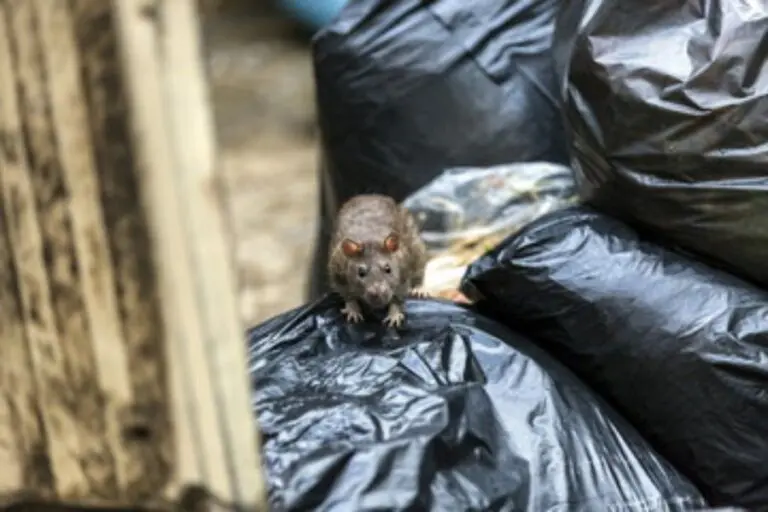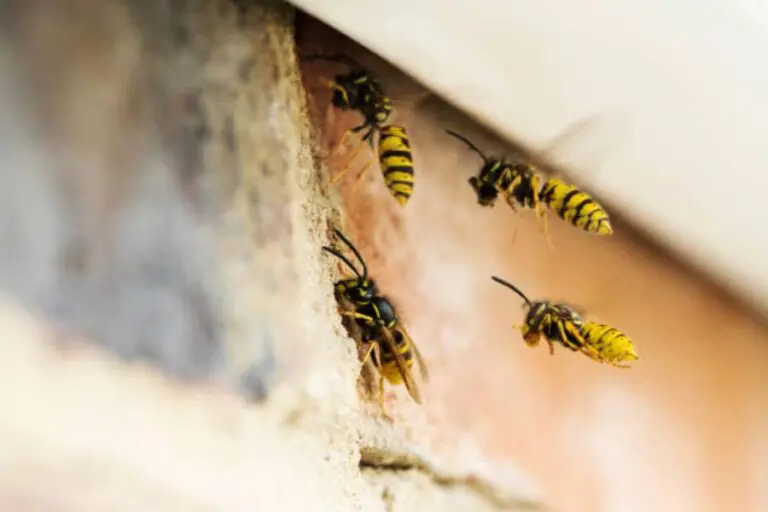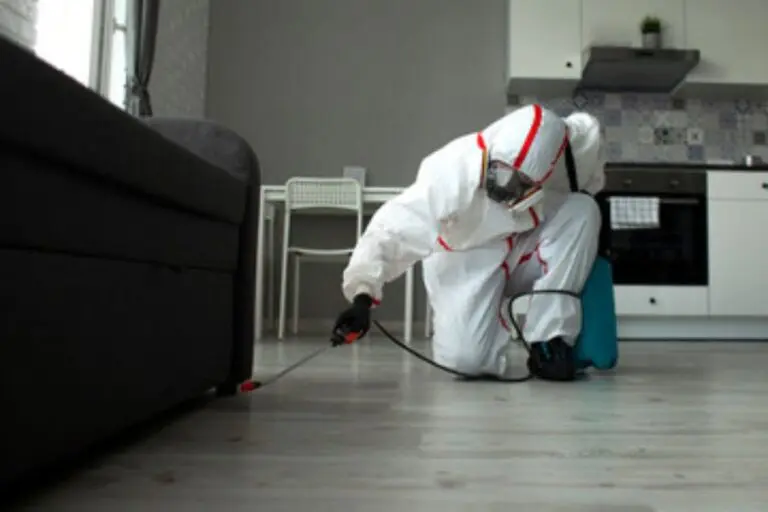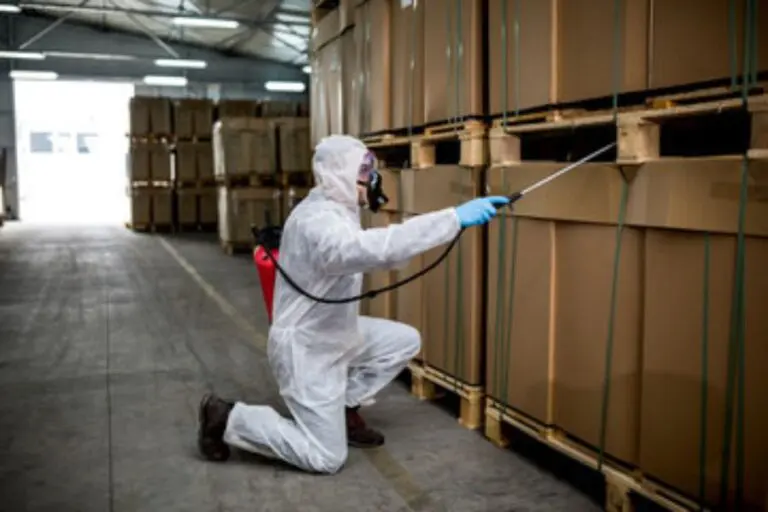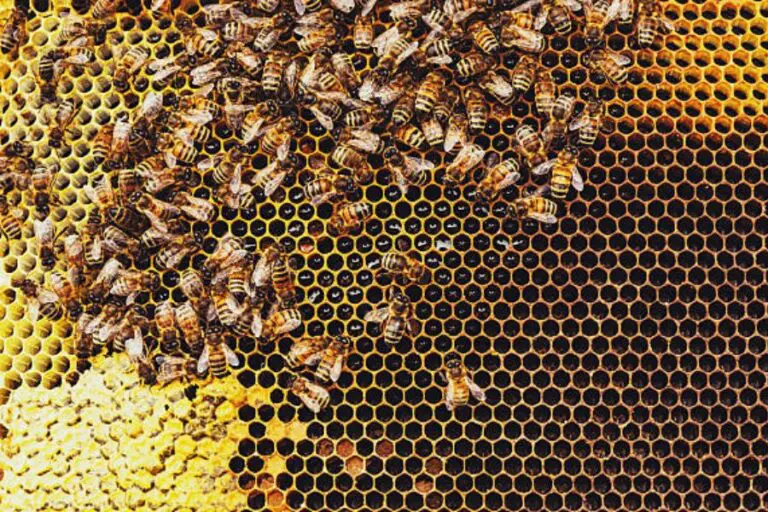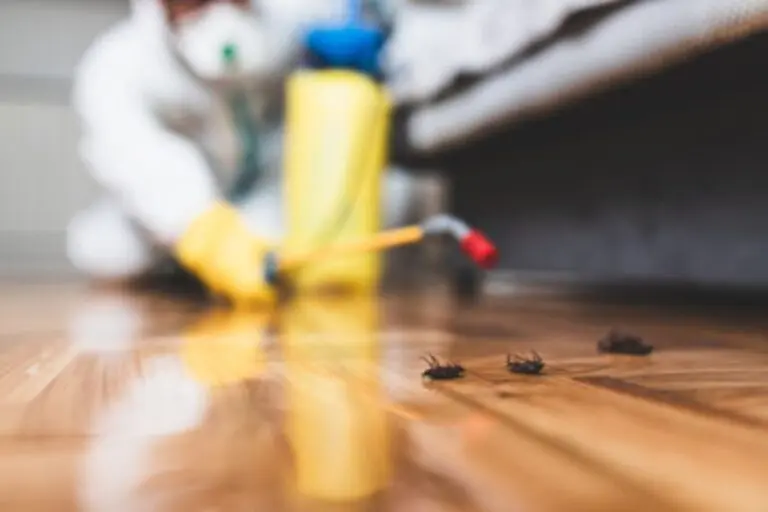Cluster Flies: Long-Term Solutions for Control and Prevention
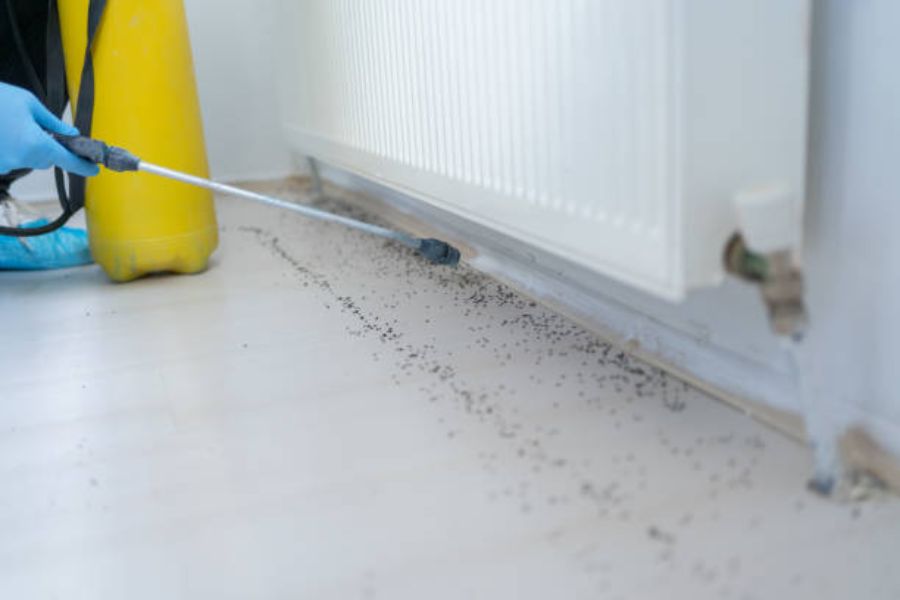
With their unique seasonal cycles and indoor clustering behaviour, cluster flies present a recurring nuisance for many homeowners, particularly during spring and fall. Unlike house flies, cluster flies are not particularly dangerous, but their distinct behaviour and persistence can be frustrating. Understanding how to manage these pests—through preventive measures, eco-friendly control options, and effective removal techniques—can help you maintain a clean, comfortable home all year round. This guide will provide an in-depth look at cluster fly identification, long-term management solutions, and practical cleaning methods to keep these pesky intruders at bay.
Are Cluster Flies Harmful to Humans or Pets?
Cluster flies are more of an annoyance than a danger. They do not bite, sting, or spread diseases, differentiating them from more problematic flies like the common house fly. However, large cluster flies can cause discomfort, especially as they gather in warm spots like windows, walls, and attics. Their presence can be distressing due to the buzzing noise they produce and the dust left behind from their bodies, which may cause mild allergic reactions in some individuals. These airborne particles can exacerbate symptoms for those with respiratory sensitivities, making cleanliness and timely removal essential.
Eco-Friendly and Non-Toxic Options for Cluster Fly Control
Keeping cluster flies under control without using harsh chemicals is entirely feasible with several highly effective and eco-friendly methods:
Sealing Entry Points: Preventing entry is the first line of defence. Inspect and seal any cracks, crevices, or gaps around doors, windows, and eaves to block their entry.
Fly Traps and UV Light Traps: Cluster flies are attracted to light, making UV light traps highly effective. Positioning these traps in attics, basements, or other dark areas can help control the population without pesticides.
Essential Oils and Natural Repellents: Natural repellents like peppermint, eucalyptus, and tea tree oils can deter cluster flies. Spraying these oils around entry points or infested areas is an excellent natural alternative to chemical sprays.
Fly Curtains: Installing mesh fly curtains over doors or windows can help prevent flies from entering while still allowing airflow. This method is beneficial during peak seasons when cluster flies are more likely to invade.
These eco-friendly methods reduce the number of cluster flies and contribute to a safer, chemical-free home environment.
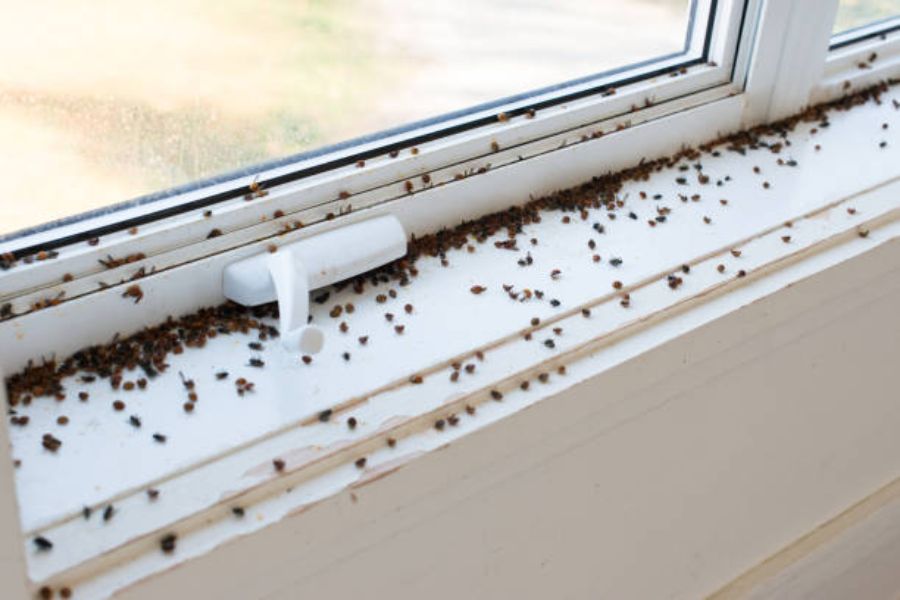
Long-Term Solutions for Preventing Cluster Fly Infestations
Long-term prevention involves a proactive approach to keeping cluster flies out. Here’s how you can implement effective strategies to ensure they don’t become a recurring problem:
Seal Entry Points: Seal all cracks, holes, and gaps around windows, doors, and rooflines. This will make it difficult for cluster flies to find entry points.
Maintain Cleanliness: Cluster flies are attracted to warmth and sometimes decaying organic materials—regularly clean basements, attics, and garden areas to remove potential food sources.
Proper Waste Management: Left-extinguished garbage can attract pests, including cluster flies. Keep garbage cans tightly closed and away from entry points.
Exterior Landscaping: Cluster flies prefer sheltered areas. Trimming trees and shrubs that are close to the home will reduce their natural habitat and make your house less attractive to these pests.
Professional Help for Severe Infestations: If cluster flies continue to be a problem despite your efforts, consider contacting a professional pest control service. Professionals can offer additional solutions tailored to your home’s layout and location.
Implementing these preventative steps will help reduce the likelihood of recurring infestations and make your home less inviting to cluster flies.
Non-Pesticide Methods for Controlling Cluster Flies
Avoiding chemical pesticides doesn’t mean sacrificing effectiveness. Here are some non-pesticide solutions that can help keep cluster fly populations in check:
Sealing and Physical Barriers: Start by sealing entry points and installing fine-mesh screens over windows, vents, and other openings.
Vacuuming: Use a vacuum cleaner to remove flies as they appear. Make sure to empty the vacuum bag immediately to prevent re-entry.
Sticky Traps and Light Traps: Sticky traps can capture flies around high-activity areas like windowsills. Light traps are also highly effective and can be placed strategically to attract and trap cluster flies.
Cleaning with Essential Oils: Spraying diluted oils around windows, doors, and baseboards can deter cluster flies without chemicals.
These non-chemical methods are safe and effective, making them ideal for homes with pets or children.
Seasonal Activity of Cluster Flies: When Are They Most Active?
Cluster flies are most active during certain times of the year, typically in spring and fall:
Spring Emergence: Cluster flies emerge from their overwintering sites as temperatures rise. They may gather in warm spots within the house, trying to find a way back outdoors.
Fall Invasion: In the fall, cluster flies seek shelter indoors to avoid colder temperatures. This is when they’re most likely to enter homes and buildings, clustering in attics, basements, and wall voids.
Summer Dormancy: During summer, cluster flies spend more time outdoors, laying eggs in soil or grassy areas.
Understanding their seasonal patterns allows you to take preventive actions to prevent cluster flies from settling in.
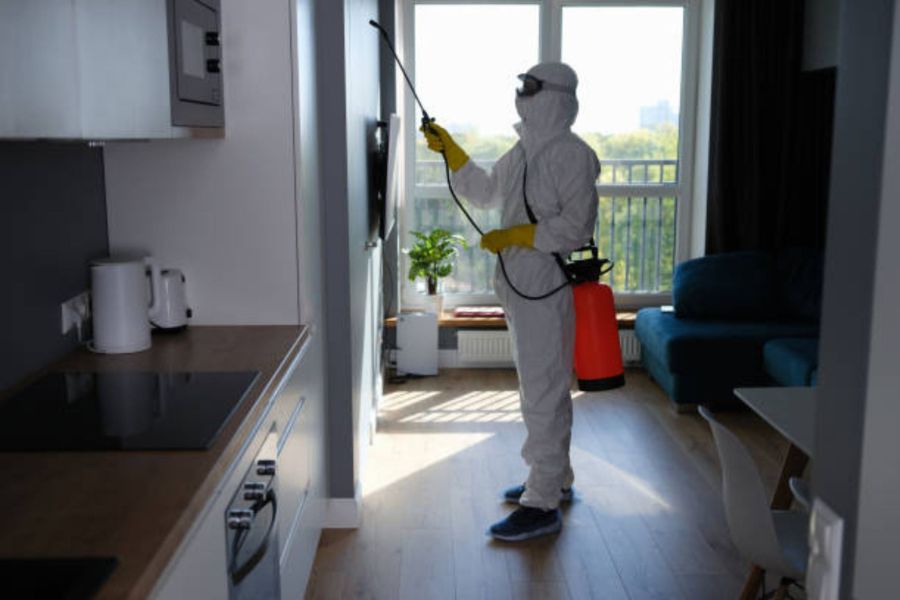
Understanding the Cluster Fly Life Cycle and Reproduction
The cluster fly life cycle, with its unique stages, is crucial to understand for effective prevention:
Egg Stage: Female cluster flies lay eggs in soil near earthworm burrows.
Larval Stage: Upon hatching, the larvae burrow into earthworms and feed on their tissues. Unlike other flies, cluster fly larvae do not feed on human food sources or household waste.
Pupal Stage: Once they mature, the larvae pupate in the soil, transforming into adults.
Adult Stage: Adult flies emerge and look for shelter indoors to survive cold weather, often returning to homes they’ve previously inhabited.
The complete life cycle can take 27 to 39 days and environmental factors such as temperature impact development. Understanding their life cycle can help you target prevention strategies at the most effective times.
Health Concerns and Diseases Associated with Cluster Flies
Cluster flies are generally harmless in terms of disease transmission. Unlike house flies, they don’t spread pathogens or lay eggs in household waste. However, in large numbers, their presence can cause mild allergy symptoms for some individuals. The dust and debris from dead cluster flies can aggravate respiratory conditions if not cleaned up regularly. Proper hygiene and a clean home environment can help mitigate minor health impacts.
Cleaning and Sanitising Areas Affected by Cluster Flies
Cleaning up after a cluster fly infestation is essential for both hygiene and prevention:
Vacuuming: Regularly vacuum areas where flies are most active, including windowsills, baseboards, and walls. Dispose of the vacuum bag immediately to prevent any flies from escaping.
Disinfecting Surfaces: Use a mild detergent or disinfectant to clean windows, walls, and light fixtures. This removes any residues left by flies and helps maintain cleanliness.
Seal Entry Points: After cleaning, inspect and seal entry points to prevent future infestations.
Remove Potential Nesting Materials: Take extra care to remove any organic debris, dust, or dirt that might attract flies back to the same area.
Following these steps keeps your space clean and discourages further fly activity.
Proper Disposal of Dead Cluster Flies
To properly dispose of dead cluster flies, follow these steps:
Wear Gloves: Wear gloves to avoid direct contact with the flies.
Use a Dustpan or Tissue: Collect the flies with a dustpan or tissue and place them in a plastic bag.
Seal and Dispose: Seal the bag tightly and dispose of it in an outdoor trash bin.
Sanitise the Area: Wipe surfaces with a disinfectant to eliminate any bacteria or allergens left behind.
These steps will help you handle cluster flies safely and prevent other pests from being attracted to decaying flies.
Legal Regulations on Cluster Fly Control
Cluster fly regulations vary by region. In some areas, strict guidelines govern the types of treatments allowed for pest control in residential spaces. Professional pest control providers are typically well-informed about these regulations and can offer compliant and practical solutions. Before opting for chemical treatments, check local guidelines or consult a pest control professional to ensure your approach meets regulations.
Managing cluster flies doesn’t have to be a challenge. By understanding their behaviour, seasonality, and preferences, you can implement eco-friendly and long-term strategies to prevent these pests from overtaking your space. Non-toxic control methods, careful cleaning, and preventive sealing offer an effective defence against cluster flies without compromising your home’s safety.
